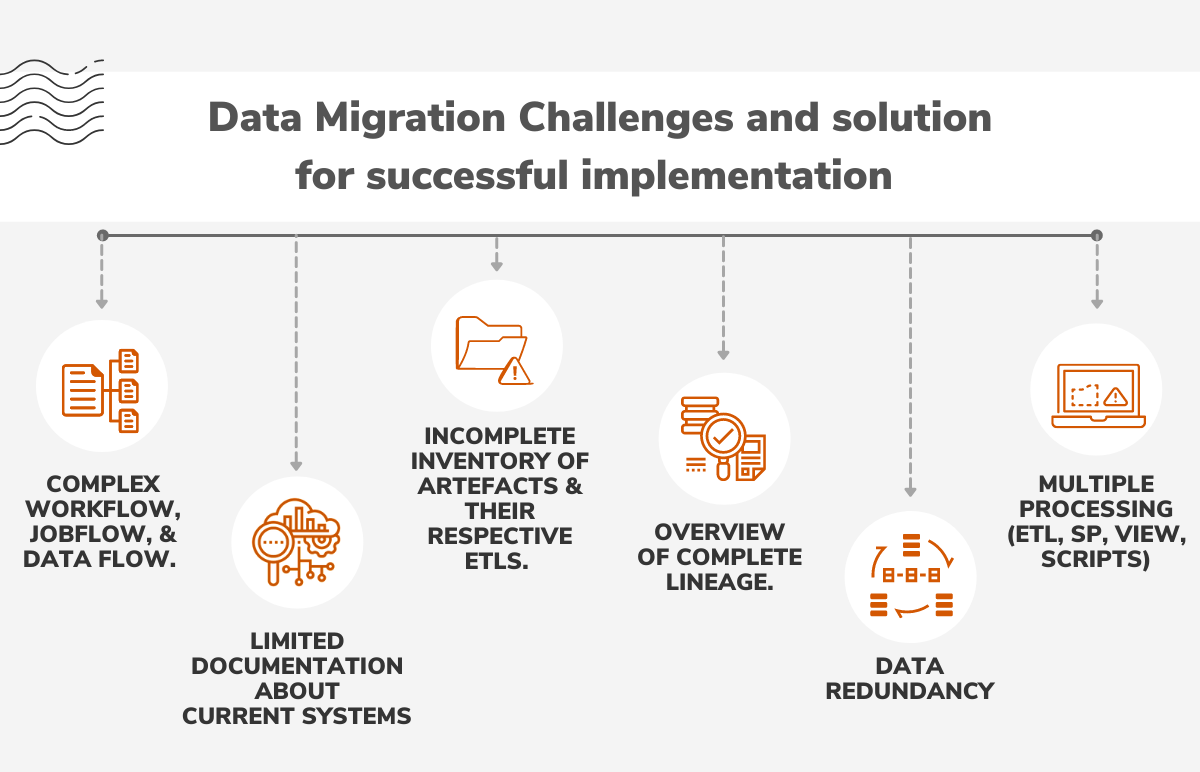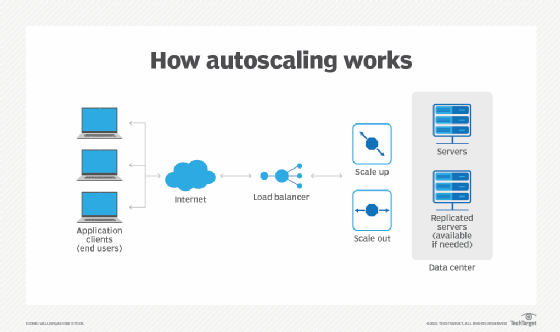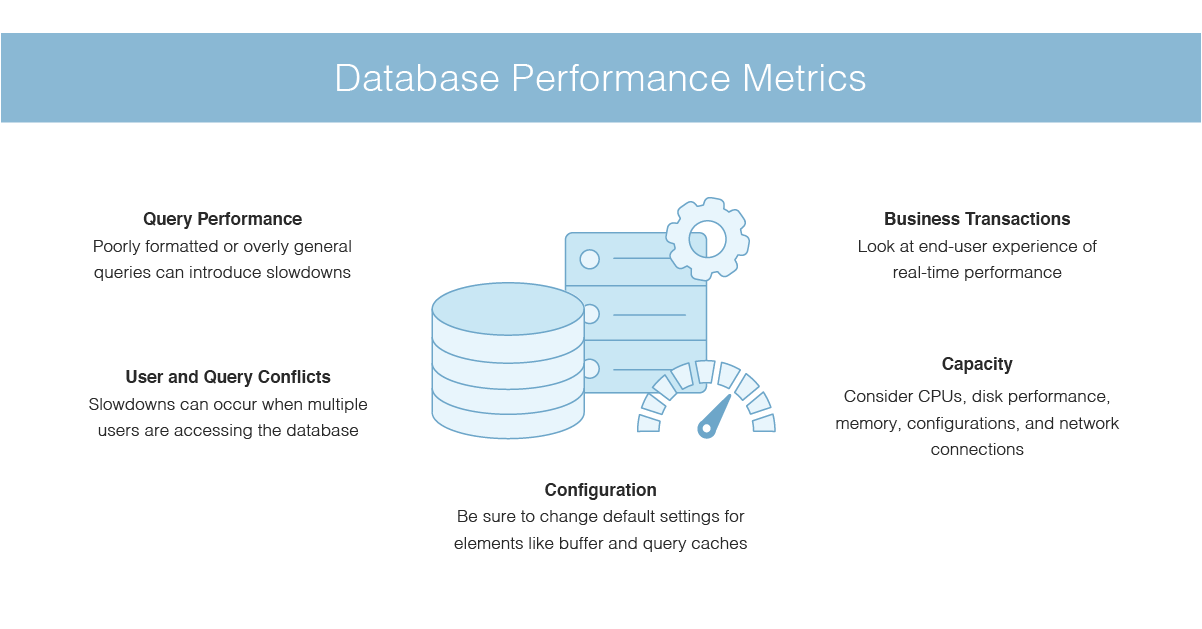Migrating a database is like moving your entire house to a new location—it’s a complex process that requires careful planning and execution. Whether you’re shifting from an old database system to a new one or simply upgrading to a newer version, database migration can be fraught with challenges. In this blog post, we’ll explore the common challenges associated with database migration and discuss some effective solutions to overcome them.
Understanding the Database Migration Process
Before we dive into the challenges and solutions, let’s first understand what database migration entails. Database migration is the process of moving data from one database system to another. This could involve moving data from an on-premises database to a cloud-based one, upgrading to a newer database version, or even switching to an entirely different database technology. The reasons for migration can vary from improving performance and scalability to reducing operational costs and ensuring compliance with industry standards.
Now, let’s explore some of the challenges that organizations often face during the database migration process and how to address them effectively.
Challenge 1: Data Loss and Corruption
One of the most significant concerns during database migration is the risk of data loss or corruption. Migrating large volumes of data can result in data being overlooked or incorrectly transferred, leading to data discrepancies or even data loss. To mitigate this risk, thorough testing is essential.
Solution: Before the actual migration, create a comprehensive backup of your existing database. Perform trial migrations in a controlled environment and validate the integrity of the data. Implement data validation checks during migration to ensure data consistency and accuracy.
Challenge 2: Downtime and Service Disruption
Downtime can be a nightmare for businesses, especially those that rely heavily on their databases for real-time operations. Minimizing downtime during database migration is crucial to avoid disruption to business operations.
Solution: Consider using strategies like database replication or setting up a secondary database for testing. This allows you to migrate data with minimal or no downtime. Additionally, schedule migrations during off-peak hours to minimize the impact on users.
Challenge 3: Compatibility Issues
Incompatibility between the source and target database systems can pose a significant challenge. Differences in data types, schema structures, and SQL dialects can make the migration process complex.
Solution: Invest in a robust ETL (Extract, Transform, Load) tool that can handle data transformation between different database systems. This tool can help map data from the source to the target, handle data type conversions, and ensure compatibility.
Challenge 4: Performance Bottlenecks
Migrating large datasets can strain system resources and result in performance bottlenecks. This can lead to slow migration processes and longer downtime.
Solution: Optimize your migration process by breaking it into smaller, manageable chunks. Prioritize data migration based on importance and dependencies. Additionally, consider using parallel processing to speed up the migration.
Challenge 5: Security and Compliance
Maintaining data security and compliance during migration is critical, especially when dealing with sensitive or regulated data. Data breaches or non-compliance can have severe legal and financial consequences.
Solution: Implement encryption and access controls to safeguard data during migration. Ensure that the target database complies with relevant industry standards and regulations. Conduct thorough security audits before and after migration.
Challenge 6: Testing and Validation
Testing is a crucial step in the migration process, but it’s often underestimated. Inadequate testing can result in post-migration issues that may be difficult to resolve.
Solution: Develop a comprehensive testing plan that includes unit testing, integration testing, and user acceptance testing. Use automated testing tools to validate data consistency, functionality, and performance after migration.
Challenge 7: Lack of Expertise
Database migration can be a complex task that requires specialized knowledge and expertise. Many organizations may lack in-house skills for successful migration.
Solution: Consider hiring or consulting with database migration experts. Training your team in migration best practices or partnering with a database migration service provider can help bridge the expertise gap.
Conclusion
Database migration is a challenging but necessary process for organizations looking to modernize their database infrastructure, improve performance, and stay competitive. By understanding the common challenges and implementing the solutions mentioned above, you can ensure a smooth and successful migration that minimizes downtime, reduces risks, and maximizes the benefits of your new database system. Remember that careful planning, thorough testing, and expert guidance are key to overcoming these challenges and achieving a seamless transition.





